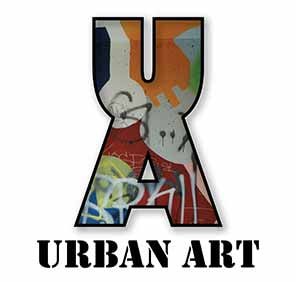We commonly associate rhythm with sound, but it is also visual. Visual rhythm is a beat or flow based on repetition and created by shapes, forms, colors, textures, patterns, and the list is endless. You create rhythm by repeating the artistic elements (shapes, forms, colors, etc.). This can be done by:
- Elements repeated in the same way, like a pattern
- Elements created with some mild variation, as found in texture or subtle color shifts
- Elements with notable differences yet a unifier tying the rhythmic pieces together. Color often is used in this case.

Visual Rhythm & Music
My experience has been that many people in the visual arts are interested in music. It wasn’t unusual for my college students to be members of bands or dance groups.
Often, as we listen to different genres of music, it reflects our current moods. Art and design also reflect a multitude of different moods and feelings. Rhythm is one design element you can use to tap into visual moods.
Rhythm, Motion, Shapes & Repetition
In music, some rhythms are called legato (a connecting and flowing rhythm).
You could also use this term to talk about art.
The word legato could easily be applied to the visual effect in the Bruce Barnbaum photo, Dune Ridges at Sunrise, Death Valley—the dune ridges in undulating, flowing, horizontal curves. The dark and light contrast is quite dramatic, but the changes are soft in several places with smooth transitions. The feeling is relaxed and calm.

We find a similar rhythm in the 16th-century illuminated manuscript page, Dianthus and Almond, by Joris Hoefnagel. The rhythm is faster, has more repetition, and is consistent in its repeated curves. The fluid strokes carry our eyes across the text, marking the beginning and end of the passage with a flourish.

The following two images are posters from the annual Willisau Jazz Festival created by the designer Niklaus Troxler. Take a moment and look at both posters while asking yourself the following questions:
- What is creating the rhythm?
- What word(s) would you use to describe the rhythm?
- What type of jazz does this represent?


The poster above is well suited to convey a jittery jazz rift, but not all jazz can be summarized in one such pattern. The design below expresses a kind of jazz that feels more synthetic in expression.
Here are some other interpretations of Fusion, Latin, Smooth, Progressive, and Acid jazz as seen in posters and album covers.


 Fussion Jazz
Fussion Jazz


Credits: Some of the information in this presentation comes from the book Design Basics, Seventh Edition by David Lauer

